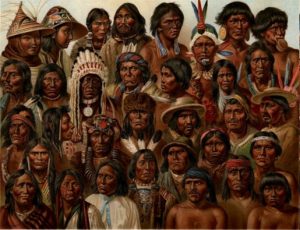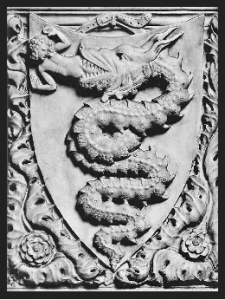
In section 3.12 of The Akan book, I discussed the Egyptian Deity Neith. I shall present more information on this personality in this article.
I associated Neith with the Bantu (African people) by conducting an analysis of the name ‘Bantu’ to mean ‘Ba-Ntu’ or ‘Ba-N-T’, which can be understood to mean ‘Children of Ntu’, since the suffix ‘Ba’ in the Akan language means ‘Child’.
It has since come to my attention that the symbol used to represent Neith is the same one the Akan people use for their fertility dolls. This symbol can further be linked with the Egyptian Ankh, which itself is a symbol used to represent life.

Until recently (and perhaps still in some villages in the rural areas), Akan women looking to give birth used to be given carved fertility dolls to help encourage the process of conception. By connecting the dots I have come to realize that fertility dolls are actually based on the Egyptian Ankh. This remarkable similarity is not an accident, since Neith is associated with Ptah (seen as his daughter), the Egyptian deity with whom the Ankh and the Djed (another symbol) originate. On a related note, the Djed carried by Ptah may be the origin of Akan linguist staffs.
Symbols are powerful ways to enable us make associations which we may otherwise miss. The symbol used to represent Neith, the Egyptian ‘goddess’ of water and fertility, is the Ankh (Akan ‘nkwa’). Let us also not forget that Enki/Ptah himself is associated with water, as are his people the Nommo. This ankh/nkwa is the same symbol carried by Akan women. As a result of this symbol, Neith, associated with Ta-Nit, is also associated with Astarte/Ishtar and also as Aphrodite. This being is also associated with other names such as Anat, and was associated with being the daughter of Ptah and with Ptah’s city, Memphis (i.e. Kemetic Man-Nefer, or “beautiful state”).
There is also apparently a Wicca chant, “Isis, Astarte, Diana, Hecate, Demeter, Kali, Inanna”, which associates all the names for these ‘goddesses’ with the same energy and qualities that these distinct names are associated with.
Neith, Astarte, Ta-nit, Diana, Hecate, Demeter, Kali, Inanna. All of these are referring to the rebel Reptilian Queen and her representatives on Earth.
Related blog posts
Why the Jews call themselves “the Chosen People”
On the Akkadians, the Assyrians and the Sumerians
Numenor as Atlantis – the truth and untruth of a TV series
Sirian-Reptilian influence and the Gurdjieff work
Why Akan, Igbo and Aztec have the same root
Decoding the name of the Yucatec-Mayan deity Kukulkan
Imhotep, step pyramids and the buried pyramids of Africa



